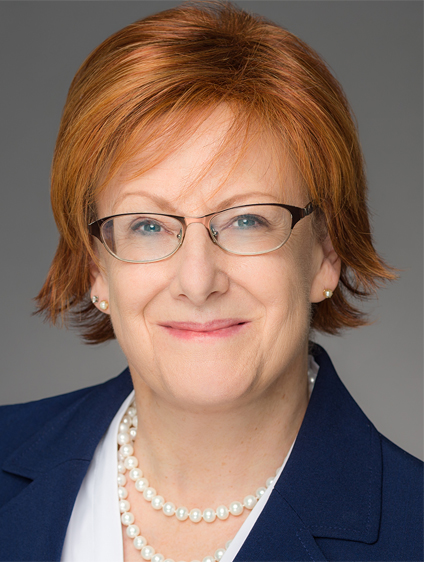 I was standing in the middle of the chaos of packing, getting ready to move from southern California to Sacramento, when I got a call from a dear friend. She’d just gotten a call-back due to a “possible mass” detected in her routine mammogram. She called me as a friend, but also because I’ve been there–done that. She was looking for support but also clarity on what she was being told about her situation and what to do about it.
I was standing in the middle of the chaos of packing, getting ready to move from southern California to Sacramento, when I got a call from a dear friend. She’d just gotten a call-back due to a “possible mass” detected in her routine mammogram. She called me as a friend, but also because I’ve been there–done that. She was looking for support but also clarity on what she was being told about her situation and what to do about it.
I’ve since walked with her through the terrifying early stages of detection and diagnosis; treatment starts tomorrow. The experience is a reminder of the gritty reality of all that October, as National Breast Cancer Awareness month, and November as National Hospice and Palliative Care month/Family Caregivers month are meant to represent. It has also been a reminder of how much further we have to go to ensure that every person has access to high-quality serious illness care and support for caregiving.
Here's the thing. My friend is probably the most high-functioning person I know. Incredibly bright and capable, she got a PhD for the heck of it and has been the sole wage earner for her family forever. She’s the kind of person who brings passion to everything she does. Numerous times I’ve seen her take hold of something as a volunteer and end up “running the joint.” She’s a 4-foot, 11-inch whirligig of action and impact.
Yet even she has been completely befuddled and, it must be said, emotionally beaten up by the cancer treatment conveyor belt, with its onus on her to manage all the appointments, ridiculous voice-mail phone trees, and unhelpful if well-intentioned “customer service” agents, agonizing waiting times between appointments and results and the next appointments, robotic phone-call-delivered reporting of results with no opportunity for questions, and demanding series of additional diagnostics offered at times without any regard to her life or her priorities, and, to top it all off, dueling radiologists squabbling over whether an MRI biopsy should follow an ultrasound biopsy because “maybe we missed something”!
My support through this has been to explain what all the medical alphabet soup and gobbledygook terminology means, to reach out to my network to help her locate an integrative team that will provide whole-person support instead of a la carte “services” with no coordination or handoff, to remind her that she can say “no” or at least ask “why” when yet another test or procedure is proposed, to reassure her that all will be well (even when I had no basis for thinking so just yet), and to ask as gently-gently as I know how, “Do you have an advance healthcare directive?” And, not for nothing, offering up my spouse as a caregiver for the upcoming surgery and recovery because my friend lives alone. And all the while I’m thinking that my friend – and so many others over the years – shouldn’t have to have an industry expert in her contacts to navigate this path!
The theme this year of National Hospice and Palliative Care month is “Meet Them Where They Are.” Thankfully my friend seems to have found an oncologist and team that got that memo. But “where” people who’ve received a potentially life-changing diagnosis or who are struggling with long-term serious illness and those who care for them “are” is so often just a state of confusion and exhausted hurtling from one decision, appointment, crisis to the next. That needs to change.
One of the things I’m most excited about in taking up leadership of the Coalition for Compassionate Care of California is the opportunity to do more of “meeting them where they are” – creating resources and systems to make the road smoother, the intersections and off ramps clearer, and the landscape less scary. I’m ready – are you?